Reasons why daylily does not bloom and what needs to be done to solve
Daylily is one of the most unpretentious and hardy inhabitants of flower beds, flower beds, orchards and vegetable gardens. Daylily is a small shrub that is sprinkled with a large number of buds during the flowering period. Each of the buds blooms for one day, but due to their number, the flowering period extends throughout the summer. There are times when a flower refuses to bloom. But in order to understand why the daylily does not bloom in the garden, you need the necessary knowledge of growing.
Content
- 1 The main reasons for the lack of color: measures to restore flowering
- 1.1 Failure to comply with the terms of disembarkation and transfer
- 1.2 Landing too deep
- 1.3 Tightness
- 1.4 Too shaded place for a flower
- 1.5 Deficiency or oversupply of crop feeding
- 1.6 Daylily acclimatization period
- 1.7 Damage by diseases and insects
- 1.8 Limited watering and insufficient air humidity
- 1.9 Plant in "years"
- 1.10 Weakened sickly plant
The main reasons for the lack of color: measures to restore flowering
Daylily is a perennial plant that pleases with flowering for many years. A feature of this flower is its unpretentiousness. Bushes growing in one place enter an active flowering period for 15 years. But experienced florists recommend replanting them every 4-5 years.
So why doesn't the capricious and easy-to-care gardener not bloom? We will understand in detail.
Failure to comply with the terms of disembarkation and transfer
The main reason for the lack of flowering is the untimely and incorrect planting of the flower.
Planting or replanting the daylily should be based on the climatic conditions of the growing region. On hot, dry days, such activities are not allowed. The representative of the flora will not die, but the root system will be greatly weakened and will not lay the necessary resources for flowering in the next season.
Planting in open ground in late autumn will lead to abnormal development or complete death of the root system. The flower needs time to take root in the soil, and late planting will freeze the not yet matured root system.
Therefore, planting or transplanting in open ground should be carried out long before the first frost, especially in the northern regions.

Landing too deep
A flower planted too deeply will not please the owner with its active growth and beautiful flowering.
Important! The root neck of the daylily should be at least 2 cm from the top layer of the earth.
Carefully examine the planting of the bush and if it is really deep, then just transplant the plant higher.

Tightness
Flower bushes grow and multiply rapidly. Too close proximity causes a lack of substances necessary for proper growth and has a bad effect on the development of a representative of the flora.Therefore, daylilies lose their ability to actively bloom, and often even change their size and color, which becomes less saturated.
To avoid such troubles, new bushes are separated from the mother plant and planted separately.
Too shaded place for a flower
In order to bloom, the daylily needs sunlight. The flower, although not picky, does not tolerate the heavily shaded corners of the garden. In shady places, the flowering period is weak, and in some cases it is completely absent.
The flower does not like the neighborhood of large trees and shrubs. Large representatives of the flora take away moisture and nutrients from flowers, and especially large specimens completely shade the bushes and do not provide the necessary air access to them.
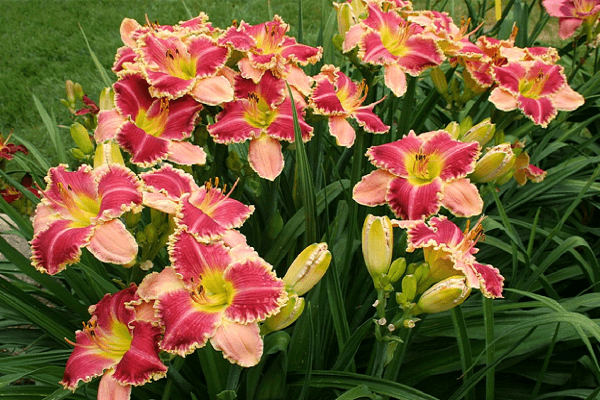
Important! Daylight hours saturated with sun rays for flowers lasts at least 6-7 hours a day.
Deficiency or oversupply of crop feeding
An overabundance of fertilizers and dressings in the soil negatively affects the flowering of this species. Although it is believed that nitrogen fertilizers are vital for the growth and development of plants, in the case of the daylily, their excess is fraught with the rejection of the flowering period.
And to the question of what to do if the soil really contains an excess of fertilizing and fertilizers, the answer is simple - the flower should be transplanted to another place. The daylily will not bloom on unenriched soil with a high acid content.
Important! For active flowering, the plant requires balanced care and timely feeding.
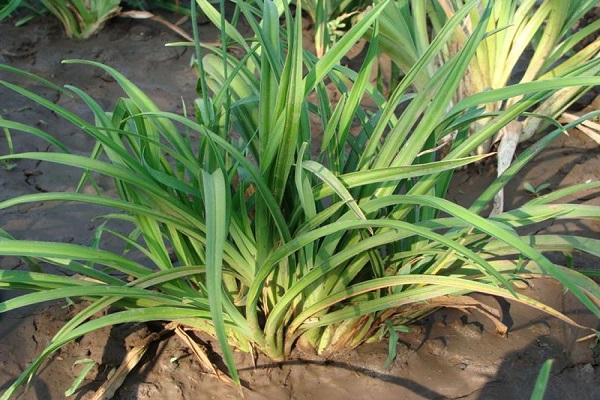
Daylily acclimatization period
We must not forget that the daylily is a southern, evergreen plant grown in conditions of eternal summer. Although hybrid varieties are being created, they are also thermophilic. It is the climatic conditions that can cause the lack of flowering in the daylily.
Flower acclimatization occurs within the first 2-3 years. With sudden changes in temperature, it is very difficult for an overseas guest to adapt. After all, thaws, when the flower becomes more active, are abruptly replaced by frosts, which leads to the weakening or death of the plant. Therefore, if the daylily did not bloom after the winter period, then the flower spent the frost with great losses of strength.
The main recommendation for preserving a young daylily is to mulch the soil, which will not allow the plant to freeze even at low temperatures.
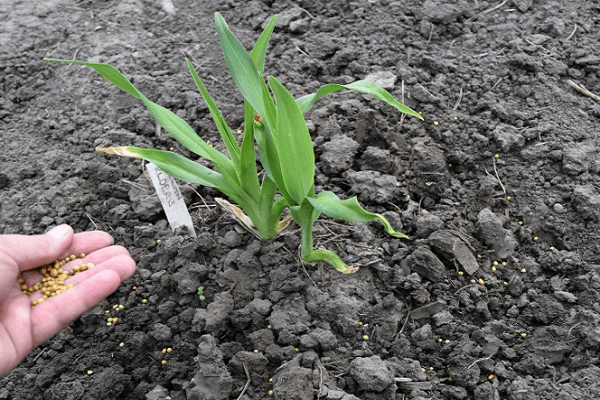
Damage by diseases and insects
Like any garden dweller, the daylily is exposed to diseases and pests, which in turn affects the ability to bloom.
The most common diseases are fungal and putrefactive plant lesions.
With such manifestations, the leaves and root system first of all suffer, the plant becomes weak and ceases to bloom.
Necessary preventive measures and treatment:
- The affected branches and leaves of the plant are removed.
- In some cases, the plant must be dug up and the rhizomes must be disinfected.
- Treat the daylily with special preparations.
- Clean the soil, in some cases it is necessary to replace the soil.
- After the performed actions, the flower garden is mulched.

Diseased plants become unprotected from pests, so they need additional treatment from unwanted neighbors.
Limited watering and insufficient air humidity
Young shoots require more careful maintenance. And the daylily is no exception.
Irrigation is important for the development, growth and flowering of young shoots, especially on hot, dry days. Mature shrubs are more resistant to drought, because they have a strong, branched root system that stores moisture especially for these days.
Timely and correctly performed irrigation measures are a guarantee of a stormy flowering period.

Plant in "years"
To preserve the population of the old flower, it is enough to separate the young shoots from the mother bush and plant them separately. It will become easier for an adult plant, and proper care and timely feeding will retain the ability to bloom for many years.
Weakened sickly plant
A representative of the flora weakened by diseases attracts pests. The first step is to carefully examine the flower buds. It is in them that the largest concentration of unwanted guests occurs. The affected buds are removed and immediately destroyed.
The use of special preparations for plant protection will help get rid of diseases and pests, as well as keep the situation under control throughout the entire period of growth and development of the daylily.
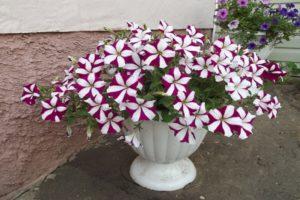







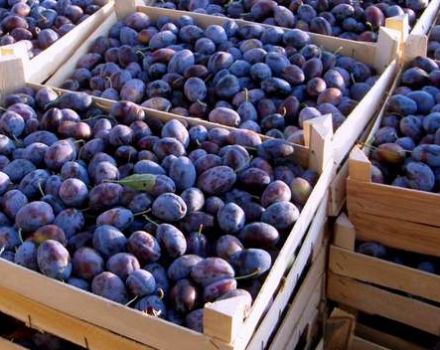

Much also depends on the variety. The simplest, garden ones, will bloom even in cramped conditions and drought. But with varietals, everything is much more complicated. I have a Buffy Doll not of color for 4 years, until I realized that, on the contrary, she needs somewhere to rest against her roots, otherwise all growth is in them.